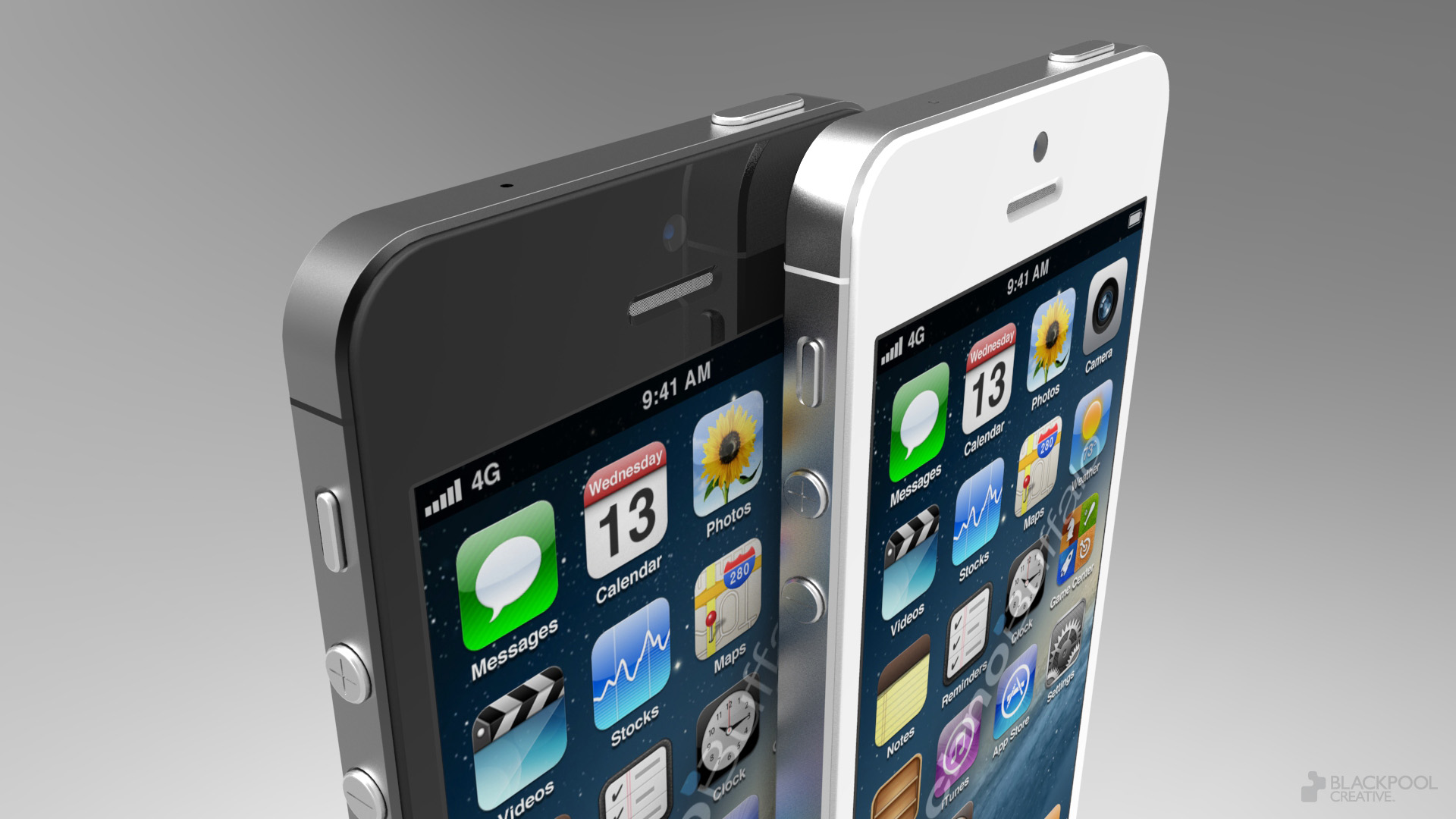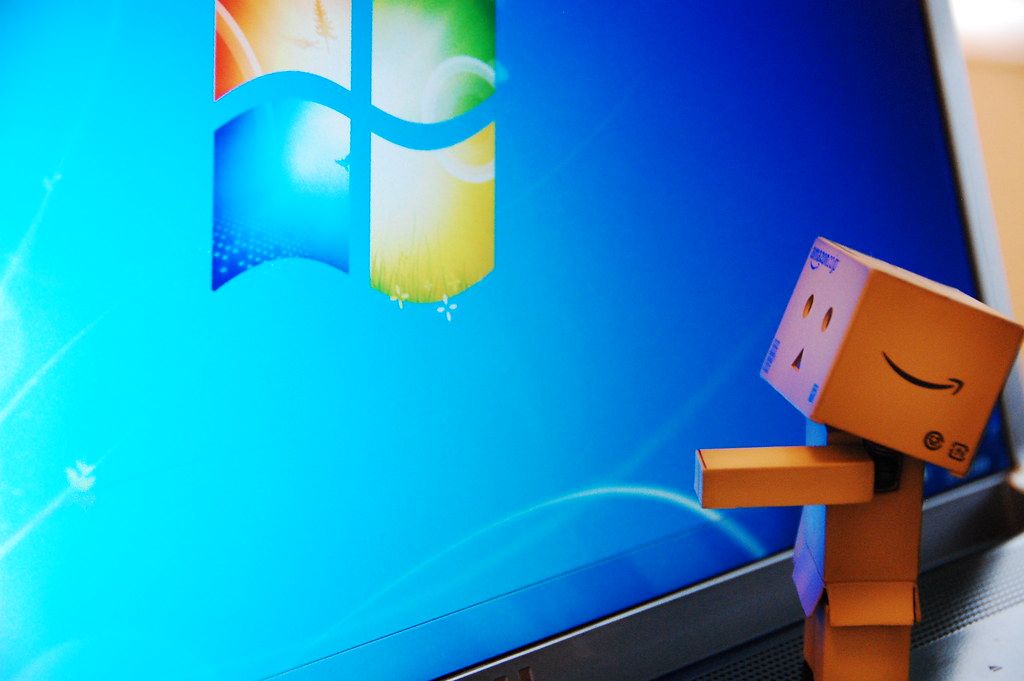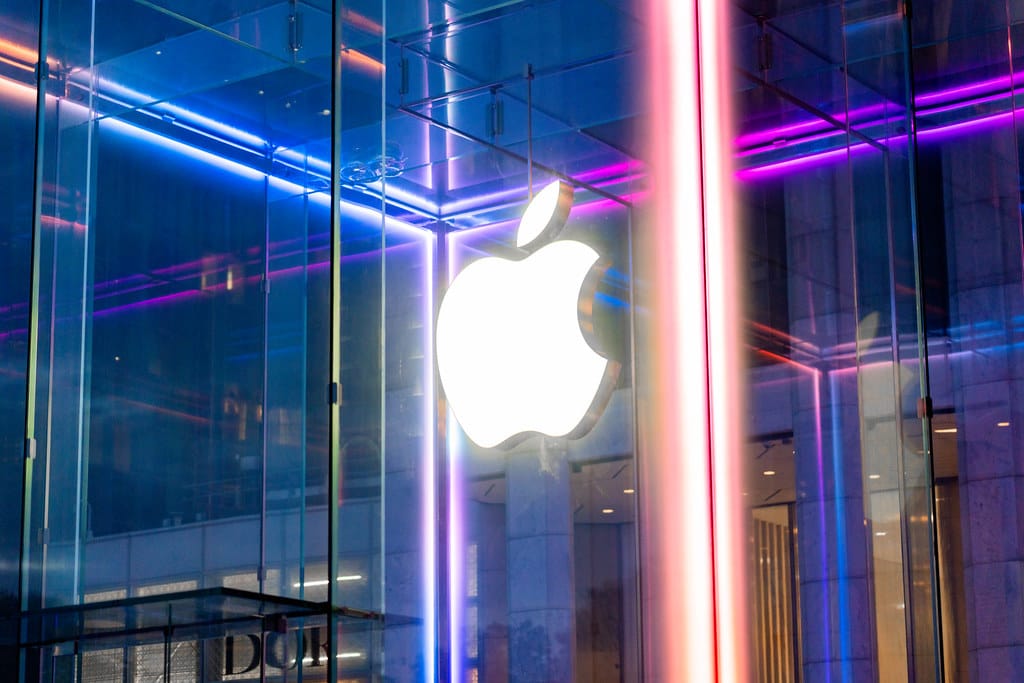
The highly anticipated launch of the iPhone 17 series is just around the corner, with Apple today confirming a “special” event at Apple Park on September 9th. This upcoming lineup is generating immense buzz, with Apple executives reportedly referring to it as the “most ambitious in the product’s history.” From groundbreaking design overhauls to significant internal upgrades, the iPhone 17 promises to redefine what users expect from their smartphones.
For those who skipped the iPhone 16 or are simply eager to peer into the future of mobile technology, the sheer volume of rumors, leaks, and early confirmations paints a picture of a truly transformative generation. We’re about to delve into every credible whisper and report, dissecting the intricate details that could shape Apple’s next-gen devices. This comprehensive guide aims to arm you with all the knowledge needed to understand the profound shifts Apple is orchestrating across its entire iPhone portfolio.
Prepare to navigate through a labyrinth of technical specifications, design philosophies, and user experience enhancements that are set to emerge with the iPhone 17. From a radical shake-up in the model lineup to unprecedented battery capacities and advanced camera systems, the forthcoming iPhones are poised to make a substantial impact. Join us as we explore the foundational changes and design evolutions that are defining this pivotal moment in Apple’s smartphone trajectory.
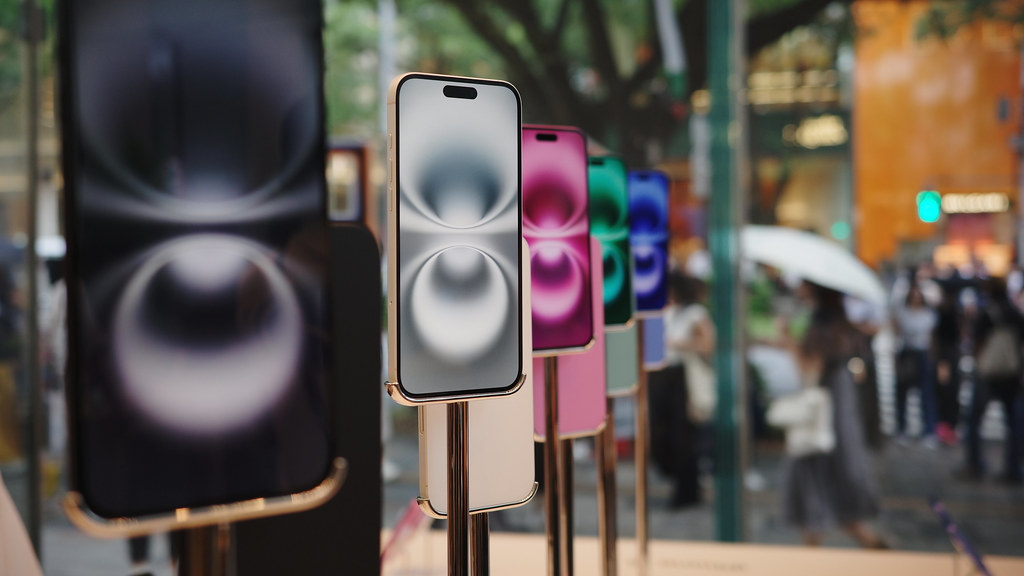
1. **Revised iPhone 17 Lineup: Air In, Plus Out** Perhaps the most significant strategic shift coming with the iPhone 17 generation is the complete overhaul of its model lineup. For the past several years, Apple has offered four variants, including the ‘Plus’ model. However, reports from Bloomberg and other sources indicate that the ‘Plus’ variant has fared the worst in terms of sales and customer interest, leading Apple to make a decisive move to nix it entirely from the iPhone 17 series. This marks a pivotal moment, signaling a re-evaluation of Apple’s market segmentation strategy.
Stepping into the void left by the ‘Plus’ is an entirely new contender: the iPhone 17 Air. This device is not merely a replacement but an introduction to a new design philosophy for Apple, expected to feature a “significantly thinner” chassis than any current iPhone model. The decision to introduce the ‘Air’ variant aligns with Apple’s broader, long-term ambition to develop “the thinnest and lightest products in their categories across the whole tech industry,” as hinted by insiders. It represents a bold step towards pushing the boundaries of miniaturization and elegant form factors.
While referred to by some as the “iPhone 17 Slim,” the ‘Air’ moniker appears to be the more fitting choice, drawing parallels with Apple’s existing MacBook Air and iPad Air lines, which denote a focus on lightness and sleekness distinct from their ‘Pro’ counterparts. This naming convention would clearly distinguish the new model and communicate its primary design characteristic to consumers. The elimination of the ‘Plus’ model, therefore, isn’t just a deletion; it’s a strategic repositioning to accommodate a potentially revolutionary new form factor.
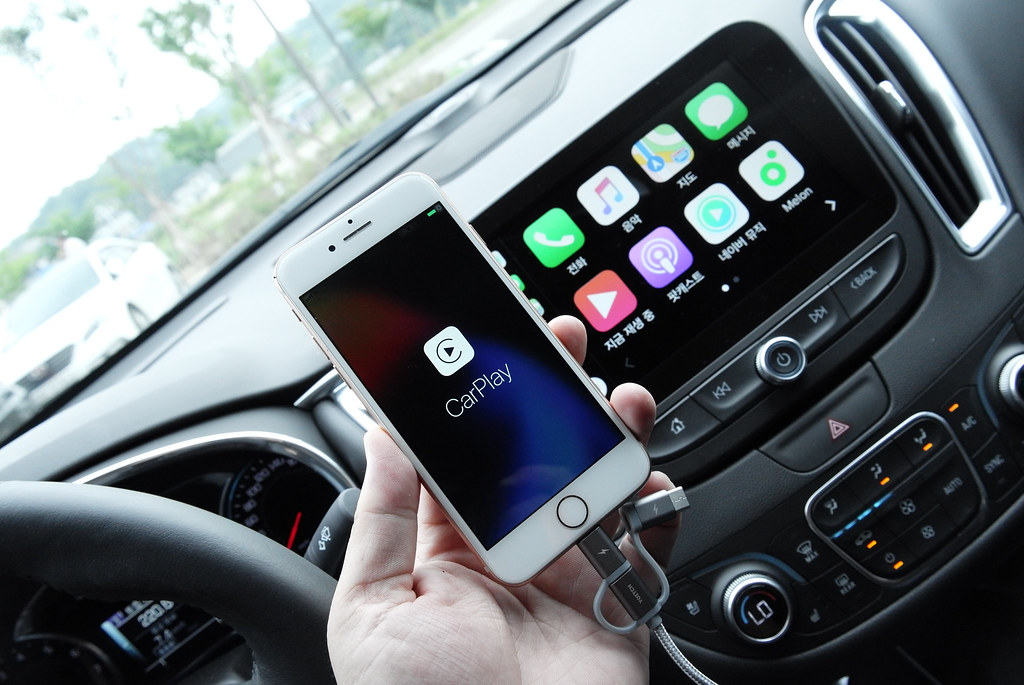
2. **Overall Display Sizes Across the Range** The iPhone 17 lineup is poised to introduce some notable adjustments to display sizes, ensuring a more refined and perhaps differentiated visual experience across its various models. For the standard iPhone 17, rumors suggest a modest but welcome increase, with the display expanding from the current 6.1 inches to a slightly larger 6.3 inches. This move would bring it in line with the display size of the iPhone 16 Pro, and notably, the anticipated iPhone 17 Pro, creating a more standardized base size for Apple’s mainstream offerings.
Diving deeper into the specific dimensions for the entire range, the iPhone 17 and iPhone 17 Pro are both expected to feature 6.3-inch displays. The newly introduced iPhone 17 Air will slot in with a 6.6-inch screen, positioning it as a mid-sized option that is larger than the ‘Pro’ model but smaller than the top-tier ‘Pro Max.’ Meanwhile, the flagship iPhone 17 Pro Max is set to retain its expansive 6.9-inch display, continuing to offer the largest screen real estate for power users and media enthusiasts. This configuration maintains a clear hierarchy in screen sizes while ensuring the Air model finds its unique place.
It is worth noting that while the consensus points to a 6.6-inch display for the iPhone 17 Air, respected display analyst Ross Young has offered an alternative prediction, suggesting a 6.55-inch diagonal display size. This slight discrepancy highlights the fluid nature of pre-release rumors but doesn’t detract from the general understanding that the Air will occupy a distinct position between the Pro and Pro Max in terms of screen real estate. The elimination of the Plus model means a simplified choice for consumers looking at the lower-priced standard iPhones, with a clear step up to the Air.
Read more about: Illuminating Icons: A Deep Dive into 15 Classic Cars with the Most Jaw-Dropping Tail Light Designs
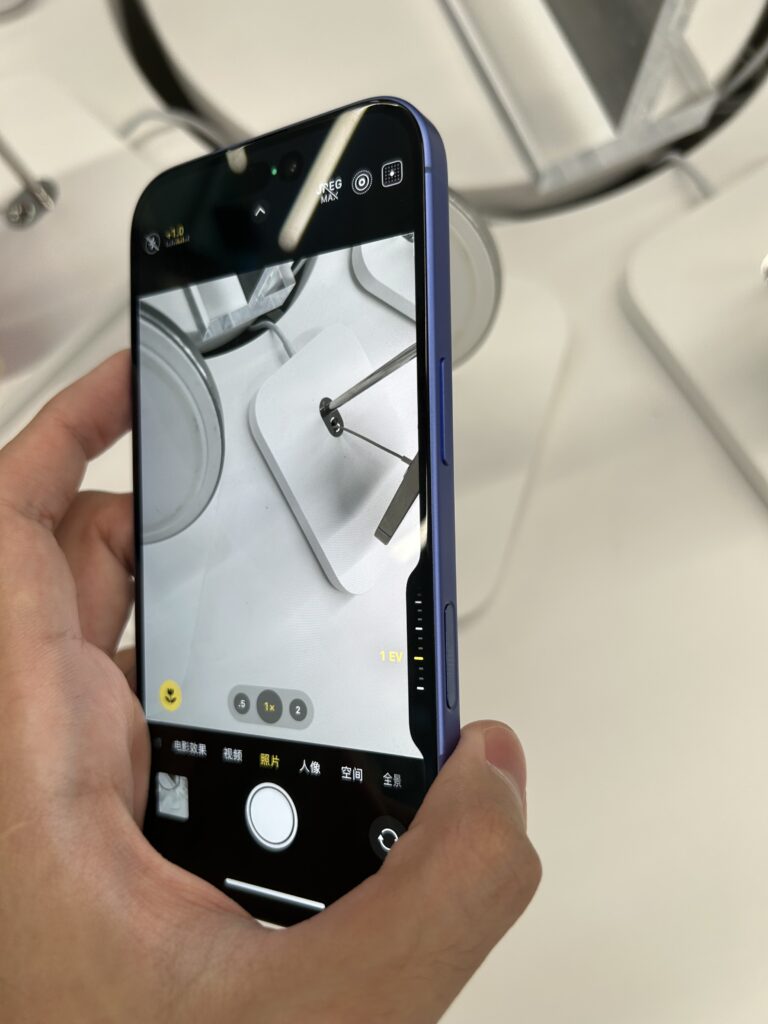
3. **Evolution of Design: Camera Bumps and Colors** The iPhone 17 lineup is anticipated to bring some of the most substantial design transformations in years, particularly concerning the rear camera module. While previous generations have largely adhered to a familiar aesthetic, leaks and CAD renders suggest a significant departure for the 2025 models. All iPhones are expected to adopt “rectangular camera bumps with rounded corners,” moving away from the more traditional square or pill-shaped designs seen in recent iterations, signifying a fresh visual identity for the entire series.
Delving into the specifics of these camera bump designs, the standard iPhone 17 may still retain a vertical bump, reminiscent of the iPhone 16. However, the iPhone 17 Air, Pro, and Pro Max variants are rumored to feature a more expansive “horizontal end-to-end bump” that spans a significant portion of the device’s back. This represents a “major shift from the squared-off camera bumps” that have been a hallmark of the Pro models since the iPhone 11 Pro. Leaked images of phone cases for the Pro models further corroborate this, showing an “oversized rectangular cutout” that suggests a substantially larger and more integrated camera housing.
Beyond the structural changes, Apple is also rumored to be testing an array of new color options to complement the refreshed designs. While Black and Silver are expected to remain standard across all models, the iPhone 17 could introduce vibrant new shades such as Green, Light Blue, Purple, and Steel Gray. The iPhone 17 Air is rumored to offer Light Blue and Light Gold options, emphasizing its sleek aesthetic. For the Pro models, alongside Gray and Dark Blue, a “surprising Orange” color has been leaked, potentially tying into the rumored “Liquid Glass” design language of iOS 26, which may lend an “iridescent look” depending on lighting.
Read more about: Why the Genesis GV80 Black Makes BMW and Mercedes Scramble for Second Place
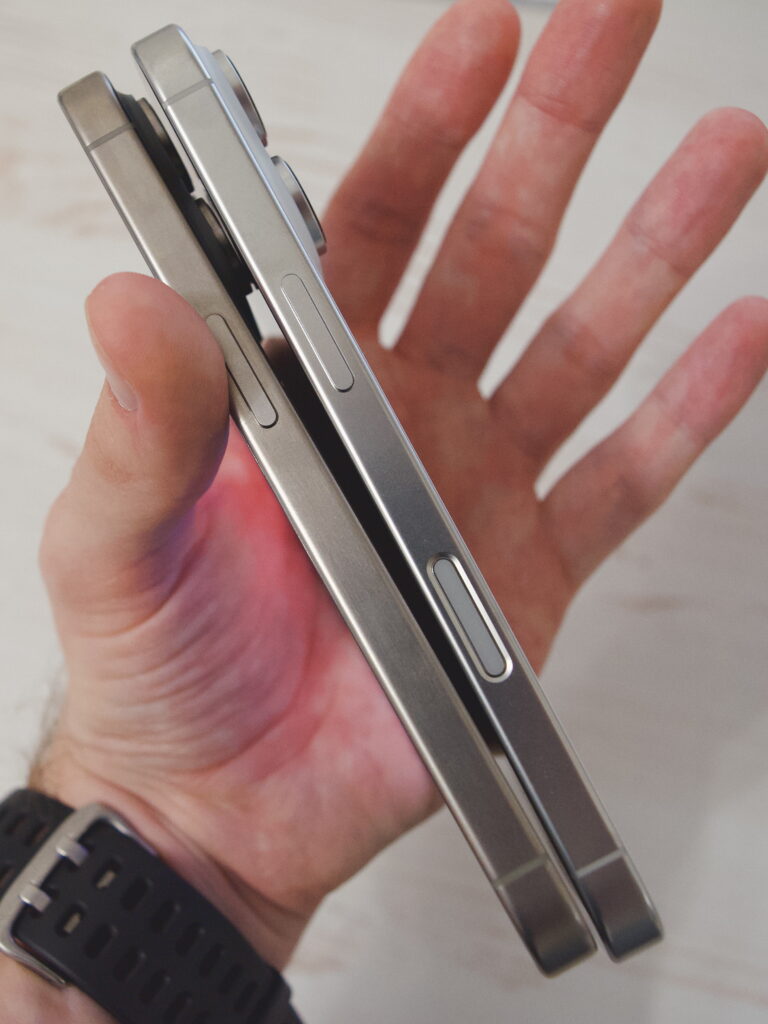
4. **The Ultra-Thin Marvel: iPhone 17 Air’s Form Factor** The iPhone 17 Air is poised to be a standout model, primarily due to its aggressively thin design, which appears to be a core pillar of Apple’s long-term product strategy. Multiple rumors have consistently pointed to this device being “significantly thinner” than any current iPhone, underscoring Apple’s renewed commitment to developing “the thinnest and lightest products in their categories across the whole tech industry.” This pursuit of extreme thinness represents a conscious effort to differentiate the Air from its siblings and competitors.
Specific measurements circulating among leakers paint a clear picture of this slender profile. Bloomberg’s Mark Gurman suggests the iPhone 17 Air could be about two millimeters thinner than the iPhone 16 Pro, which currently measures 8.25mm thick, placing the Air at an impressive 6.25mm. Apple analyst Ming-Chi Kuo even believes it could be as thin as 5.5mm at its thinnest point, albeit with a slightly thicker camera bump. These figures suggest that the iPhone 17 Air is expected to dramatically surpass the iPhone 6 (6.9mm), which currently holds the title as Apple’s thinnest iPhone to date.
The consistency of dummy models, which are often created for case manufacturers based on early leaked specifications, further solidifies these rumors. These dummy models, showing a thickness of 5.5mm, reinforce the notion that the iPhone 17 Air will indeed be Apple’s slimmest smartphone yet. It’s a fascinating design reversal, considering that iPhones generally grew thicker with models like the iPhone X and beyond, largely to accommodate larger batteries, more sophisticated camera lenses, and advanced Face ID hardware. This renewed focus on thinness for the Air model indicates a significant engineering feat.
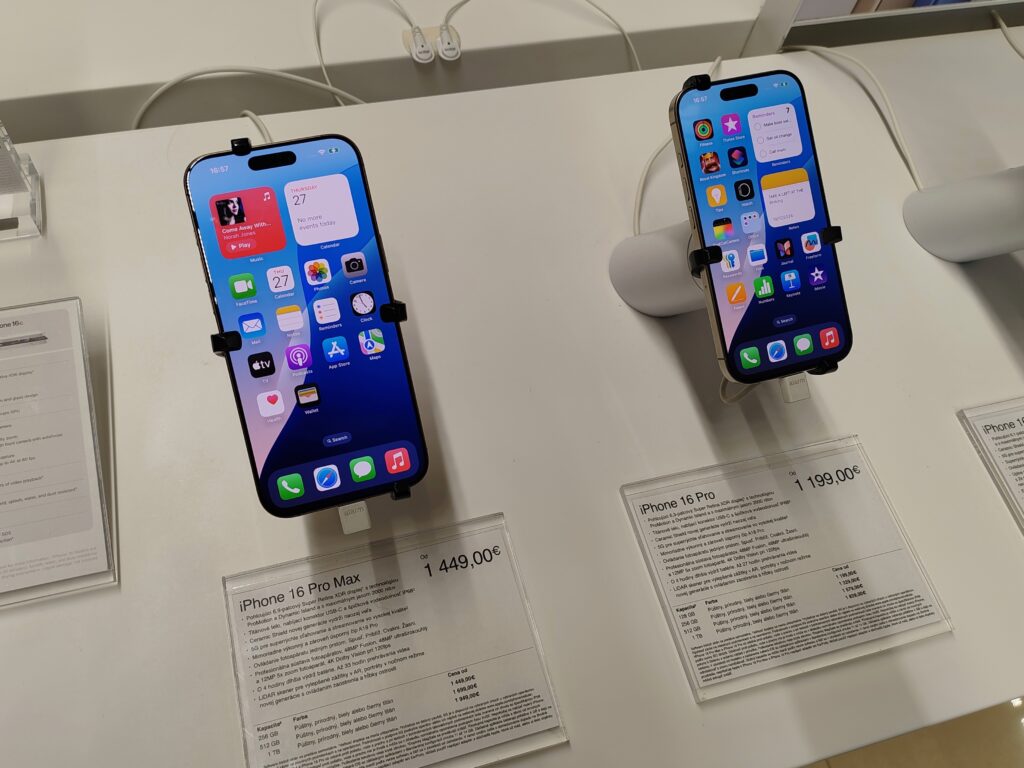
5. **iPhone 17 Air: Diving Deeper into its Unique Features (Camera, Battery, Speakers)** The iPhone 17 Air’s ultra-thin design necessitates several unique engineering compromises and innovations, particularly affecting its internal components. One notable change is the rumored relocation of the rear camera. Instead of the typical upper-left placement, reports suggest the camera will be moved to the “center of the device,” featuring a “large, centered camera bump.” This bump is described as housing a “single lens rear camera with an elongated bump,” implying a streamlined yet prominent photographic element for the device.
However, the quest for extreme thinness comes with its own set of trade-offs, particularly regarding internal space. This design philosophy may leave “no space for a speaker at the bottom” of the device, potentially resulting in the iPhone 17 Air featuring “just one speaker at the top.” Furthermore, concerns regarding durability, reminiscent of the iPhone 6 Plus bending issue, have reportedly led Apple to reduce the screen size of the 17 Air from an initial 6.9 inches to 6.6 inches, as reported by Gurman, to mitigate potential structural weaknesses in such a slender chassis.
The battery capacity is another area significantly impacted by the Air’s thin profile. Leaks suggest a “modest 2,800mAh” battery, which would be approximately 20% less than the iPhone 16’s 3,561mAh capacity. Internal tests at Apple reportedly indicate that this smaller battery would “hardly last a day,” raising concerns about endurance. Consequently, Apple is rumored to be hedging its bets, allocating only 10% of its total production to the Air. To address potential battery life issues, there’s even chatter about Apple reintroducing the MagSafe battery pack, a solution previously launched with the iPhone 12, to offer users an optional power boost.
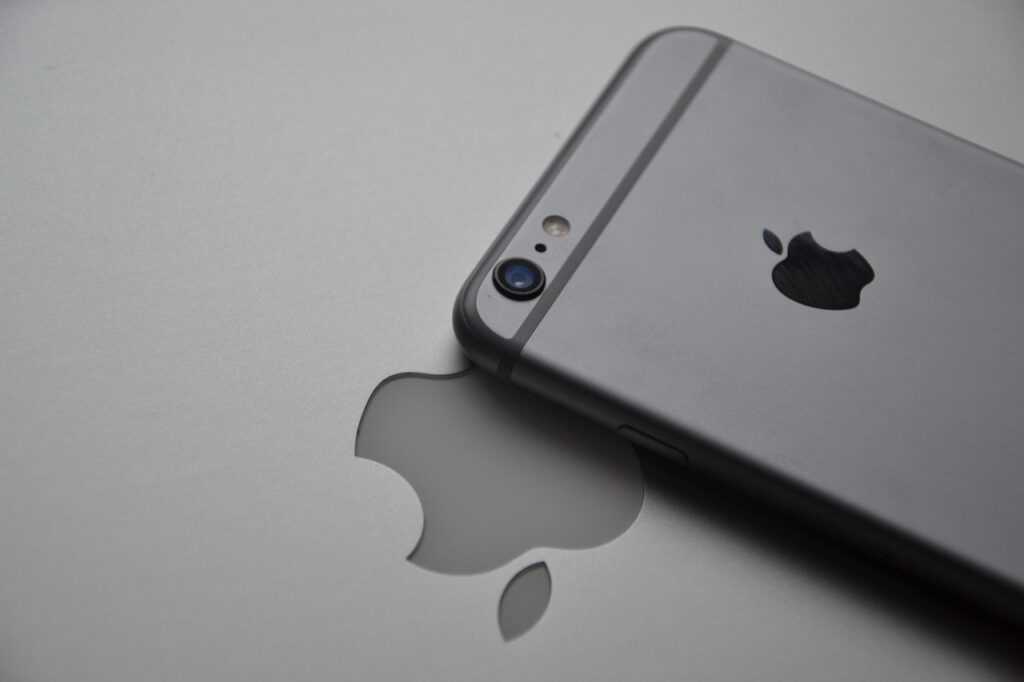
6. **iPhone 17 Pro and Pro Max: Material Shifts and Logo Redesign** The iPhone 17 Pro and Pro Max models are also set for significant design evolutions, starting with a fundamental change in their chassis material. Apple is allegedly planning to “eliminate the titanium frame,” which was introduced with recent Pro models, and instead “go back to aluminum.” This move would mark a notable shift, as aluminum has not been used for a higher-end iPhone since the stainless steel iPhone X was introduced in 2017. While some leakers contradict this, the prevailing rumor suggests a return to a more traditional, yet still premium, material.
Accompanying the aluminum frame, the Pro models are rumored to feature a unique “half-aluminum half-glass backing” instead of the full-glass design seen in current iPhones. This innovative hybrid approach would likely see the top half of the back made from aluminum, enhancing durability, while the bottom half would remain glass to facilitate essential wireless charging functionality. Furthermore, the camera module itself is expected to undergo a transformation, with Apple planning for a “larger ‘rectangular’ horizontal camera bump” that will be constructed from aluminum rather than glass, offering a more robust and integrated look.
In a subtle but significant design tweak, Apple may also relocate its iconic logo on the back of the iPhone 17 Pro models. This repositioning is rumored to be a direct consequence of the redesigned camera module. Speculation suggests the logo could be moved “lower on the device” and potentially nestled “inside a break in the MagSafe ring.” To accommodate this, the MagSafe magnet layout itself may be tweaked compared to existing models, with leaked images of alleged iPhone 17 Pro magnet arrays showing a distinct “open bottom” design specifically for the Apple logo. This indicates a meticulous attention to detail even in the most familiar elements.

7. **Dynamic Island: The Enduring Mystery of Its Size** The Dynamic Island, a feature introduced with the iPhone 14 Pro, has been a focal point of design discussion, and its future size on the iPhone 17 lineup remains a topic of considerable debate among analysts and leakers. There are conflicting reports regarding whether this interactive pill-shaped cutout will undergo any significant reduction. Some rumors suggest it could become “slightly smaller” on all iPhone 17 models, a change attributed to the potential adoption of new “metalens technology for Face ID,” which could allow Apple to miniaturize the underlying sensors and hardware.
This possibility of a shrunken Dynamic Island, particularly for the Pro models, has been championed by analysts like Jeff Pu, who claims that metalens technology could allow for a narrower Dynamic Island on all four iPhone 17 models. This would undoubtedly be a welcome aesthetic refinement, allowing for more uninterrupted screen real estate and pushing closer to a truly full-screen experience. The pursuit of a smaller Dynamic Island reflects Apple’s continuous effort to refine its front-facing hardware integration while maintaining advanced biometric capabilities.
However, this optimistic outlook is not universally shared. Prominent Apple analyst Ming-Chi Kuo, for example, has offered a contrasting view, stating in January that he does not expect “notable changes to the Dynamic Island.” He believes it will remain “largely unchanged” and “the same size as the iPhone 16 Dynamic Island.” This divergence in expert opinion highlights the inherent uncertainty that often precedes major product launches. Until official confirmation, the exact fate of the Dynamic Island’s size will continue to be an enduring mystery, keeping tech enthusiasts guessing about this key visual element.
The iPhone 17 series isn’t just about external refinements and a revamped lineup; beneath the surface, Apple is orchestrating a profound internal overhaul, promising a leap forward in core technological capabilities. This next segment of our deep dive will dissect the advanced display innovations, substantial camera enhancements, raw performance boosts, and critical improvements to power management and connectivity that are poised to define the user experience of these highly anticipated devices.
Prepare to explore how Apple is pushing the boundaries of what a smartphone display can offer, from refresh rates to durability, alongside a radical transformation of the iPhone’s photographic prowess. We’ll also examine the engine room of these new devices – their chipsets, RAM, and storage – before turning our attention to the crucial advancements in battery life, charging speeds, and wireless connectivity that will underpin their daily functionality. Finally, we’ll touch on the eagerly awaited iOS 26, which promises to reshape the software experience in innovative ways.
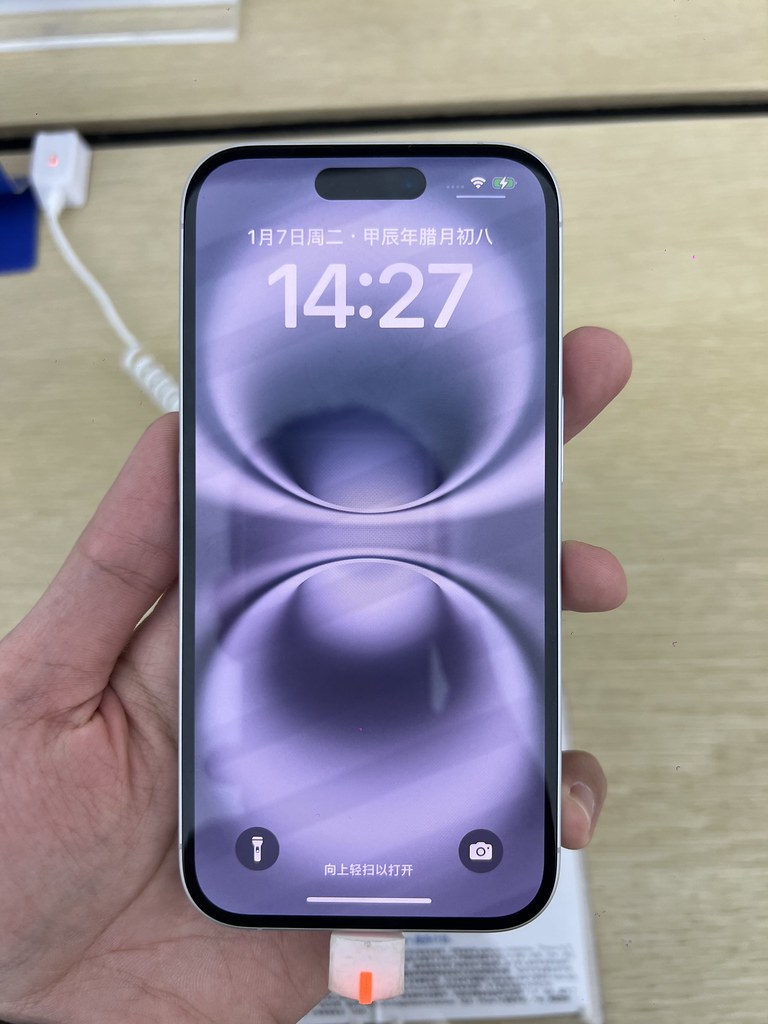
8. **Next-Gen Display Innovations: A Brighter, Smoother, and More Durable Vision** The visual interface of the iPhone 17 lineup is set for a significant upgrade, promising a more immersive and responsive experience across the board. A major step forward is the expected adoption of low-temperature polycrystalline oxide (LTPO) panels for all iPhone 17 models, a technology that has, until now, been exclusive to the Pro variants. This transition is crucial because LTPO is the foundational technology enabling Apple’s ProMotion displays, which deliver adaptive refresh rates up to 120Hz, ensuring incredibly fluid scrolling and responsiveness, as well as the ‘always-on display’ (AOD) functionality.
Should this rumor hold true, it would mark a pivotal moment for Apple, finally bringing ProMotion and the always-on display to the non-Pro models for the very first time. While some reports suggest the standard and Air variants might receive a fixed 120Hz display without the adaptive nature of ProMotion, the widespread adoption of LTPO panels points towards a more uniform high-refresh-rate experience across the entire lineup. Such a move would significantly narrow the visual performance gap between the Pro and non-Pro offerings, providing a premium viewing experience to a broader user base.
Beyond refresh rates, Apple is also collaborating with Corning on a new anti-glare and scratch-resistant glass, with July 2025 rumors indicating its inclusion on the iPhone 17 Pro models. This advanced glass aims to surpass the durability of the current Ceramic Shield, offering superior resistance to wear and tear and reducing distracting reflections. Furthermore, there’s speculation that Apple could introduce the nano-textured glass previously seen on its iPads and Macs to the iPhone, enhancing screen clarity. All iPhone 17 models are also expected to feature slimmer bezels, mirroring the refined look introduced with the 16 Pro and Pro Max, which will maximize the screen-to-body ratio for an even more expansive display.

9. **Significant Camera Upgrades: Redefining Mobile Photography** The iPhone 17 series is poised to deliver some of the most substantial camera advancements in years, from improved front-facing capabilities to radical changes in the rear array. A highly anticipated upgrade is the transition to 24MP front-facing cameras across all four iPhone 17 models, a significant jump from the long-standing 12MP sensors. This boost in megapixels, while not the sole determinant of image quality, promises greater detail and flexibility for selfies and video calls, with these cameras also rumored to be positioned more centrally within the Dynamic Island.
The rear camera systems are set to see even more dramatic transformations. The iPhone 17 Air, for instance, is expected to feature a streamlined single 48MP rear camera. However, the true showstopper could be the iPhone 17 Pro Max, which is rumored to become the first iPhone to boast three 48MP cameras—encompassing wide, ultra-wide, and a Tetraprism lens. The Tetraprism, effectively a periscope lens, uses a system of mirrors to bend light multiple times, enabling impressive 5x optical zoom without significant quality loss, a feature that may remain exclusive to the Pro models.
Further enhancing photographic capabilities, Apple is reportedly exploring 8K video recording for the Pro models, a feature that has been rumored previously but has yet to materialize. Perhaps most intriguingly, at least one iPhone 17 model is rumored to feature a mechanical aperture, allowing users unprecedented manual control over the lens opening and, consequently, the amount of light entering the sensor. Additionally, there are whispers of the iPhone 17 Pro’s telephoto lens supporting an astounding 8x optical zoom, alongside a new pro-level camera app and a dedicated Camera Control button for quick access to settings, indicating a serious push towards professional-grade mobile imaging.
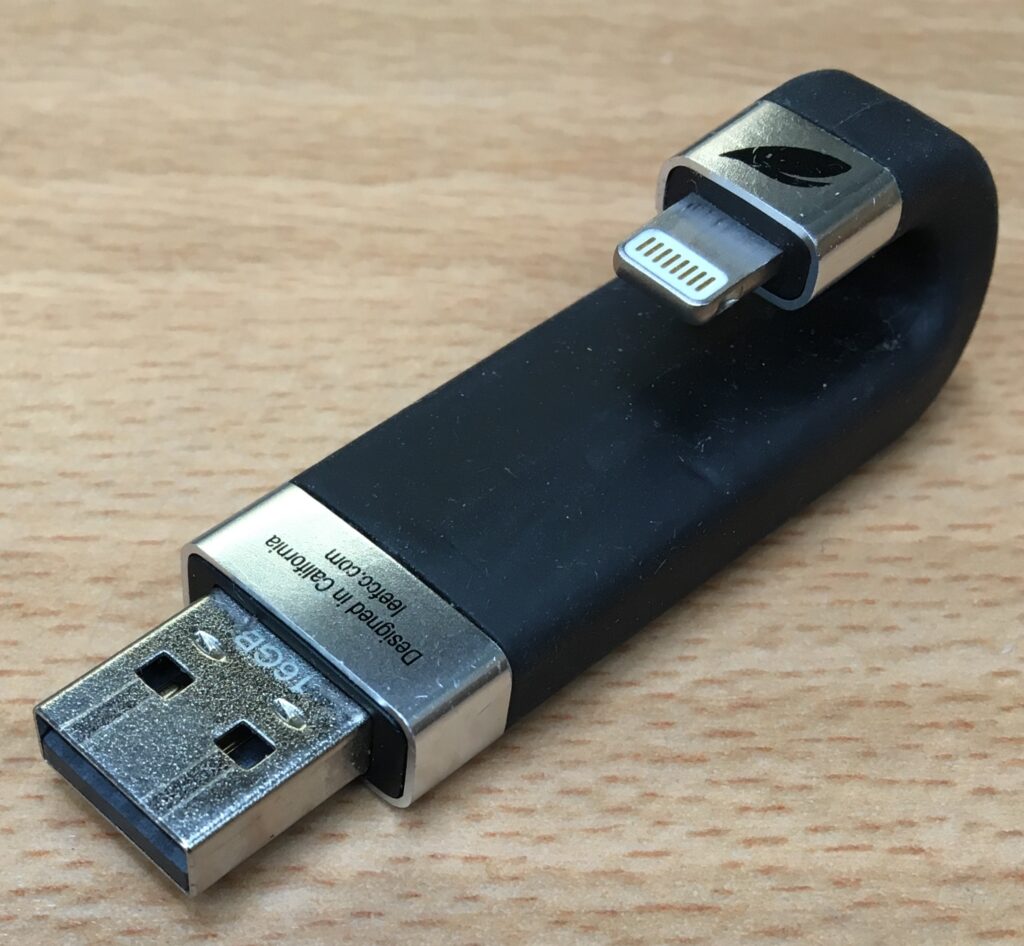
10. **Performance Boosts: Next-Gen Chipsets and Thermal Mastery** At the heart of the iPhone 17 series, Apple is set to unleash its latest silicon, promising substantial performance gains and enhanced power efficiency. The standard iPhone 17 is expected to be powered by the new A19 chip, while the Pro and Pro Max models will naturally receive the more powerful A19 Pro. While one leaker suggests the 17 Air might also feature a variant of the A19 Pro, it’s anticipated to be a slightly less powerful iteration compared to its higher-end siblings, maintaining a clear performance hierarchy within the lineup.
A key manufacturing advancement underpinning these new chipsets is TSMC’s N3P 3-nanometer technology, which reputable analyst Ming-Chi Kuo confirms will be utilized across all iPhone 17 models. This cutting-edge fabrication process will enable Apple to pack more transistors into a smaller area, leading to improved computational power, faster graphics rendering, and greater energy efficiency compared to previous generations, laying the groundwork for more demanding applications and features.
To complement these powerful new chips, Apple is reportedly addressing a critical aspect of high-performance devices: thermal management. A persistent rumor, supported by leaked production parts from leaker Majin Bu, indicates that the iPhone 17 Pro models will incorporate a vapor chamber plate. This advanced cooling technology, already seen in high-end Android smartphones, works by efficiently distributing heat across a larger surface area, preventing throttling and ensuring sustained peak performance, especially during intensive tasks like gaming, video editing, or prolonged camera use.

11. **RAM and Storage Configurations: Powering Apple Intelligence and User Demands** In line with the increasing demands of sophisticated software and multitasking, particularly with the advent of Apple Intelligence, the iPhone 17 series is set to receive significant memory upgrades. Following the iPhone 16 models’ bump to 8GB of RAM, the iPhone 17 Pro and Pro Max are expected to elevate this further to an impressive 12GB of RAM. This substantial increase will provide ample headroom for advanced AI features, more fluid app switching, and the ability to run multiple intensive applications simultaneously without performance degradation.
While initial rumors from Ming-Chi Kuo suggested that even the regular iPhone 17 might feature 12GB of RAM, current reports indicate that supply shortages could lead to the base iPhone 17 retaining 8GB of RAM. Regardless, 8GB remains a robust allocation, ensuring that even the standard model is well-equipped for the demands of modern mobile computing and the enhanced capabilities of iOS 26. This strategic allocation of RAM ensures that each tier of the iPhone 17 lineup is optimized for its intended performance profile.
Regarding storage, Apple is reportedly rethinking its tiers, particularly for the top-end iPhone 17 Pro Max. Leaker Instant Digital reveals that the 128GB option will be dropped for the Pro Max, making its entry point 256GB, with other configurations including 512GB and a massive 1TB. This move reflects the increasing storage needs of high-resolution photos, 8K videos, and larger applications. The other three models—the iPhone 17, iPhone 17 Air, and iPhone 17 Pro—are expected to retain the 128GB option as their baseline, offering consumers a range of choices to suit their storage requirements.
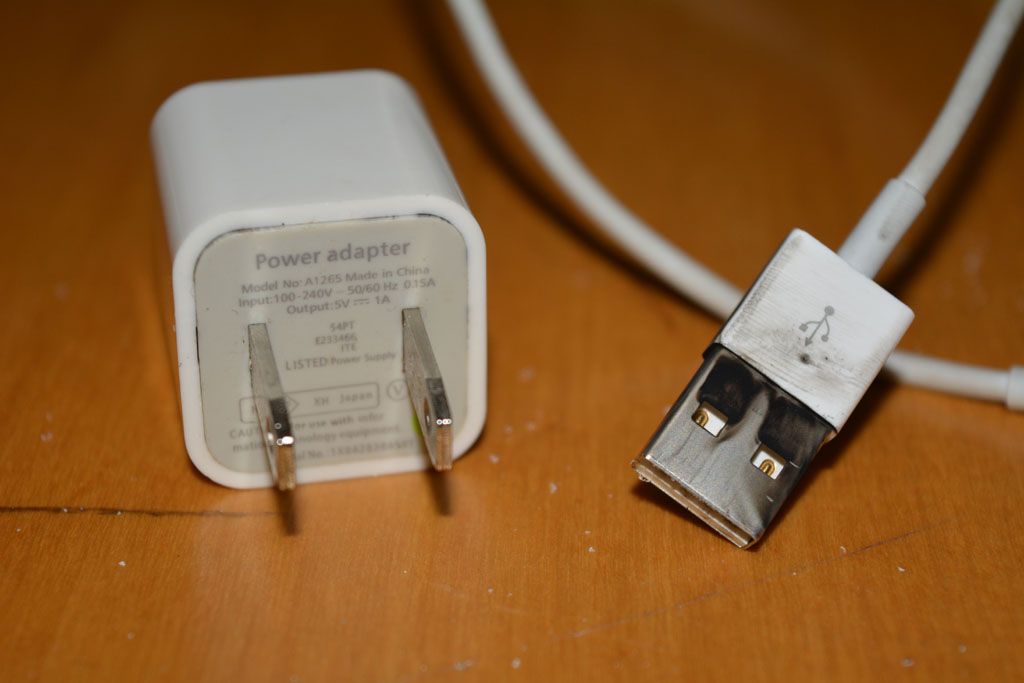
12. **Battery Improvements: Endurance for the Modern User** Battery life remains a critical concern for smartphone users, and the iPhone 17 series is addressing this with both design considerations and sheer capacity boosts. The ultra-thin design of the iPhone 17 Air, as discussed earlier, necessitates a compromise in battery size, with leaks suggesting a modest 2,800mAh capacity. Internal Apple tests reportedly indicate this would ‘hardly last a day,’ leading to strategic production allocation and even whispers of reintroducing the MagSafe battery pack as an optional accessory to mitigate this limitation.
In stark contrast, the flagship iPhone 17 Pro Max is set to house a colossal 5,000mAh battery, which would be the largest ever in an iPhone. This represents an approximately 8% increase over the iPhone 16 Pro Max’s 4,676mAh battery, promising potentially record-breaking endurance. To accommodate this larger cell, leaker Ice Universe suggests the 17 Pro Max might see a slight increase in thickness, from 8.25mm to 8.725mm, a trade-off many power users would readily accept for enhanced longevity.
Across all models, Apple is also expected to extend the use of electrically released adhesive, a feature introduced last year with the iPhone 16 and 16 Plus. This adhesive simplifies repair and replacement procedures, making it easier for technicians to access internal components, which is a welcome improvement for maintainability and sustainability. These varied approaches to battery strategy highlight Apple’s efforts to balance design ambitions with user expectations for power and serviceability across its diverse lineup.
Read more about: Driving the Distance: A Deep Dive into Electric Vehicle Lifespan, Reliability, and Future-Proofing for 200,000 Miles and Beyond
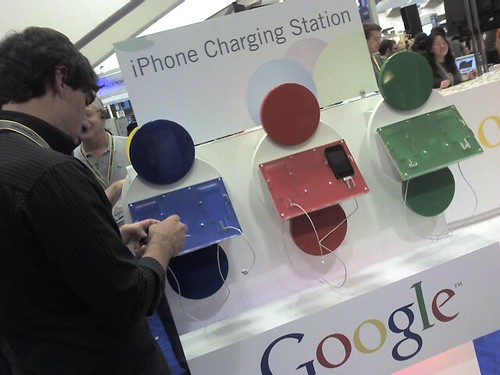
13. **Charging Enhancements: Faster Power-Ups and Reverse Wireless Convenience** The iPhone 17 series is poised to usher in a new era of charging speeds, particularly through its MagSafe ecosystem. With the impending arrival of the Qi 2.2 charging standard, Apple is expected to significantly boost its MagSafe capabilities. Reports indicate that the iPhone 17 could support 50W charging over MagSafe, a monumental increase from the current 25W limit on the iPhone 16. This would allow for incredibly rapid wireless top-ups, dramatically reducing the time users spend tethered to a charger.
Beyond MagSafe, the max wired charging limit for the iPhone 17 Pro Max could also see an upgrade, potentially rising from 25W on the iPhone 16 Pro Max to 35W. While not as drastic a jump as the wireless charging, any increase in wired speeds is beneficial for users seeking the fastest possible power delivery when an outlet is available. These improvements reflect a broader industry trend towards quicker charging solutions, and Apple appears to be embracing this for its next-gen devices.
Perhaps one of the most intriguing charging innovations rumored for the iPhone 17 Pro models is the introduction of reverse wireless charging. A Weibo leaker claims that these premium smartphones will be able to wirelessly charge other Apple accessories, such as AirPods or an Apple Watch, simply by placing them on the back of the iPhone. This feature would transform the iPhone into a portable power bank for its accessory ecosystem, offering a new level of convenience and integration for users immersed in Apple’s hardware.

14. **Cutting-Edge Wireless Capabilities and the iOS 26 Software Experience** Connectivity for the iPhone 17 line promises robust and efficient performance, combining refined cellular capabilities with Apple’s own advancements in short-range wireless. While Qualcomm is still expected to supply the cellular modems—as Apple’s in-house C1 modem isn’t quite ready for top-tier iPhones, and the C2 won’t be in time—Apple is integrating its own Wi-Fi and Bluetooth chips across the entire iPhone 17 lineup. This strategic shift aims to reduce costs and, crucially, enhance connectivity and seamless integration across Apple’s expansive device ecosystem.
The iPhone 17 Air is notably expected to feature the C1 modem, which supports sub-6GHz and C-band 5G spectrum, though it will lack the faster mmWave capabilities found in the higher-end models. For the iPhone 17 Pro, a significant structural change is rumored: the cellular antenna will be placed around the large camera bar. According to leaker Majin Bu, this positioning would make the antenna ‘less prone to shielding and interference,’ leading to improved 5G mmWave performance, reduced latency, and greater efficiency, while also optimizing the main body for battery and thermal components. The feasibility of this antenna placement on the standard iPhone 17 or Air, with their potentially smaller camera bars, remains unclear.
Finally, underpinning all these hardware innovations is the eagerly anticipated iOS 26, which marks a significant rebranding from its previous numbering convention to align with the release year. This software overhaul promises a fresh user interface, characterized by a new ‘Liquid Glass’ theme featuring translucent backgrounds for menus and a ‘floating magnifier’ for interactive elements. Beyond aesthetics, iOS 26 is set to introduce a dedicated Games app, centralizing all gaming-centric features, and bring enhanced spam-blocking capabilities to apps like Messages and Phone. A much-requested battery feature will also show users precisely how long their iPhone will take to fully charge, adding a layer of practical convenience to an already feature-rich operating system. This holistic approach, blending cutting-edge hardware with an intuitive and powerful software experience, truly underscores Apple’s ambitious vision for the iPhone 17.
Read more about: Awe Dropping Expectations: Everything You Need to Know About Apple’s September 9th iPhone 17 Launch
The iPhone 17 series is undeniably shaping up to be a landmark generation, not just for its daring design transformations but for the sheer depth of technological innovation packed within. From the vibrant, ultra-smooth displays and professional-grade camera systems to the potent new chipsets, expanded memory, and refined power management, every facet of these devices speaks to a relentless pursuit of excellence. Coupled with the intelligent and visually stunning iOS 26, Apple is clearly poised to deliver a suite of smartphones that not only meet but exceed the escalating expectations of the modern user. As the September 9th event draws near, the anticipation is palpable: the iPhone 17 isn’t just an upgrade; it’s a bold reimagining of what a smartphone can be, promising a truly transformative experience for the years to come.

